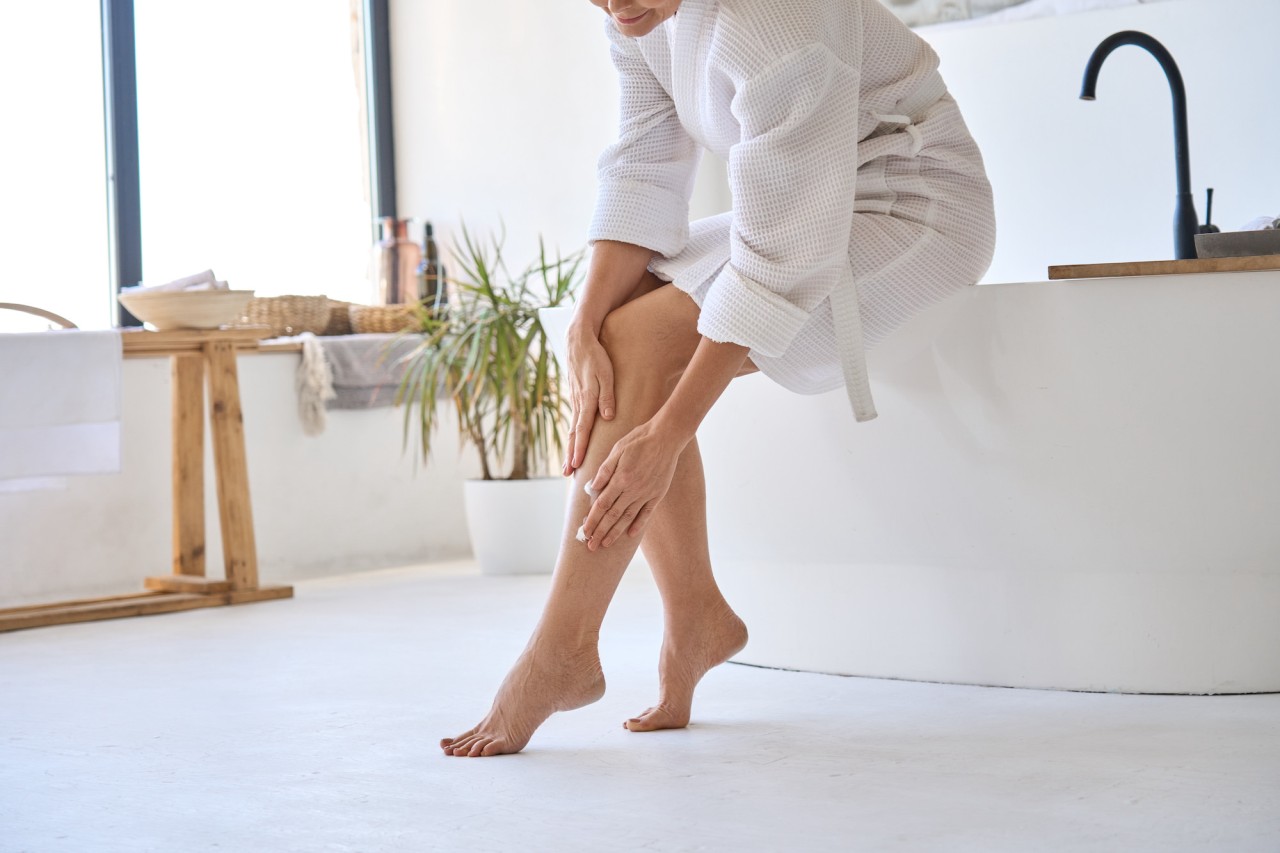Laser Treatment vs. Sclerotherapy
Although spider veins are common and usually harmless, they can also be irritating, embarrassing, and negatively impact your self-confidence. Lifestyle changes and compression stockings are typically the first line of defense against these enlarged and visible vessels. When those methods fall short, a medical procedure may be needed to eliminate the affected veins.
Laser vein therapy and sclerotherapy both aim to close damaged veins in different ways. Laser therapy uses light energy to irritate the vein so that it will close while sclerotherapy involves injecting a chemical directly into the vein. Let’s take a look at the two procedures and see which may be right for you.
Laser Therapy
Laser therapy is an effective, noninvasive, and quick procedure that uses a focused beam of light to heat, irritate, and destroy affected veins. When laser energy is applied to the treatment area, it targets the pigment in the blood and warms the vessel without damaging the skin or surrounding tissues. Treatments take about 15-20 minutes depending on the extent of the area. The most common side effects are blistering, bruising, redness, and swelling, but these are minimal and temporary. After about 4-6 weeks, the vein is reabsorbed by the body and disappears as the blood gets rerouted to healthier veins.
Laser therapy is one of the most effective spider vein treatment options for a variety of patients. The ideal patient is in good overall health, does not smoke, and has realistic expectations for the procedure. It is the best choice if you are allergic to the chemicals used in sclerotherapy, if you have a fear of needles, or if your veins are too small to receive injections. If you take certain medications, have tattoos, or are pregnant however, you may have to choose another option.
Sclerotherapy
Sclerotherapy is a minimally invasive treatment that works by delivering a sclerosing agent into the vein via injection. After cleansing the treatment area with an antiseptic solution, a small needle is used to inject an FDA-approved sclerosing solution directly into the vessel being treated. Once injected, the solution irritates the lining of the vein, causing it to collapse, dry out, and close. You may feel a slight prick and mild burning as the needle is placed in the vein and the solution is injected. The vessel eventually becomes scar tissue and disappears as the body absorbs it. Common side effects of sclerotherapy are burning, bruising, and itching. Most patients require between 3-5 sclerotherapy treatments to achieve optimal results.
If you have unsightly veins but are otherwise healthy and do not have a fear of needles, sclerotherapy might be for you. If you are allergic to the sclerosing agent, extremely sedentary, have a clotting disorder, on iron supplements, or over the age of 75, sclerotherapy is not an appropriate option for you.
Ultimately, if you are unhappy with unsightly spider veins, it might be time for you and your doctor to make an informed decision about the treatment that is most effective and comfortable for you. The best method for you may differ from that of someone else with the same vein problems. You can trust that the doctors and staff at Calvine Medical Aesthetics will take into account your condition and unique individual needs. We use only the safest and most advanced lasers available for treatments, so you know that you’re in good hands. If you would like more information or want to schedule a consultation, contact Calvine Medical Aesthetics today!
Related Posts
Comments
By accepting you will be accessing a service provided by a third-party external to https://www.calvineaesthetics.com/
Latest Tags
Website Contents ©
Calvine Medical Aesthetics
Unauthorized duplication or reposting of the contents of this site in any form is strictly prohibited.
Stockton Website Design by Brentwood Visual


